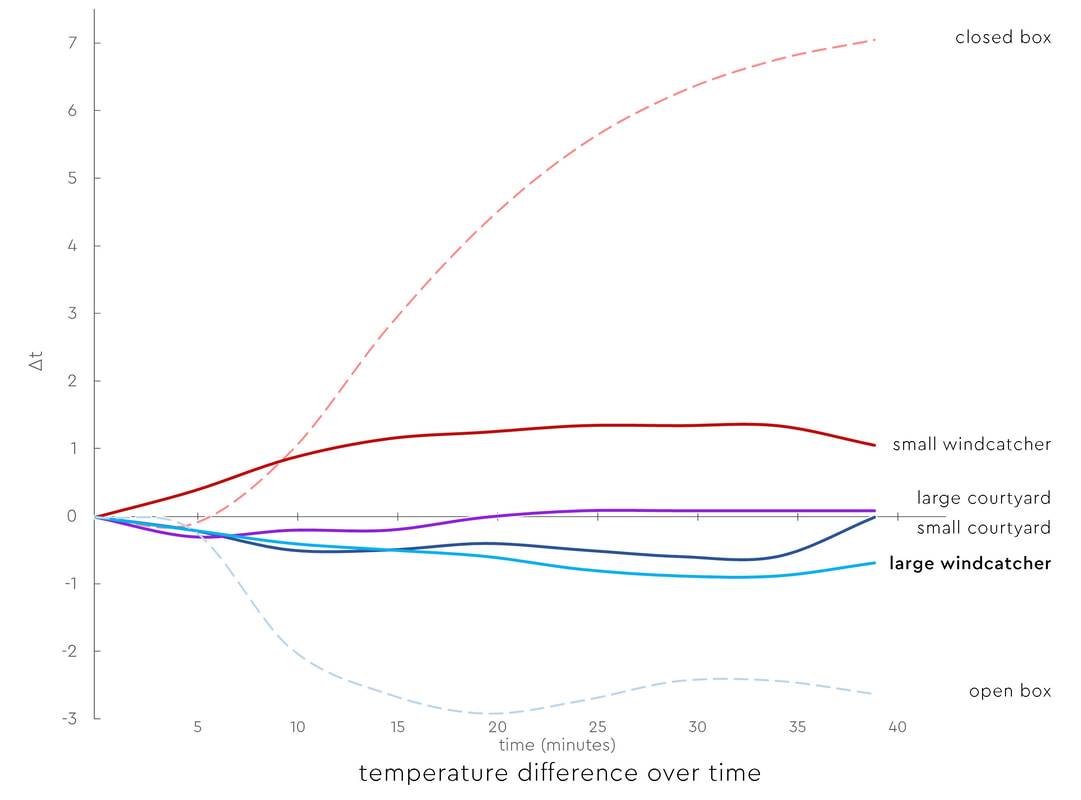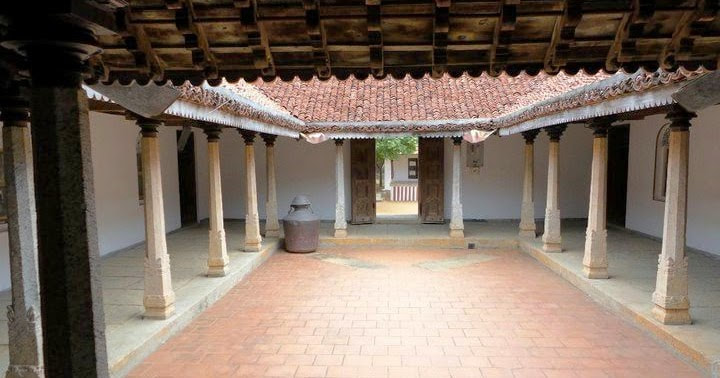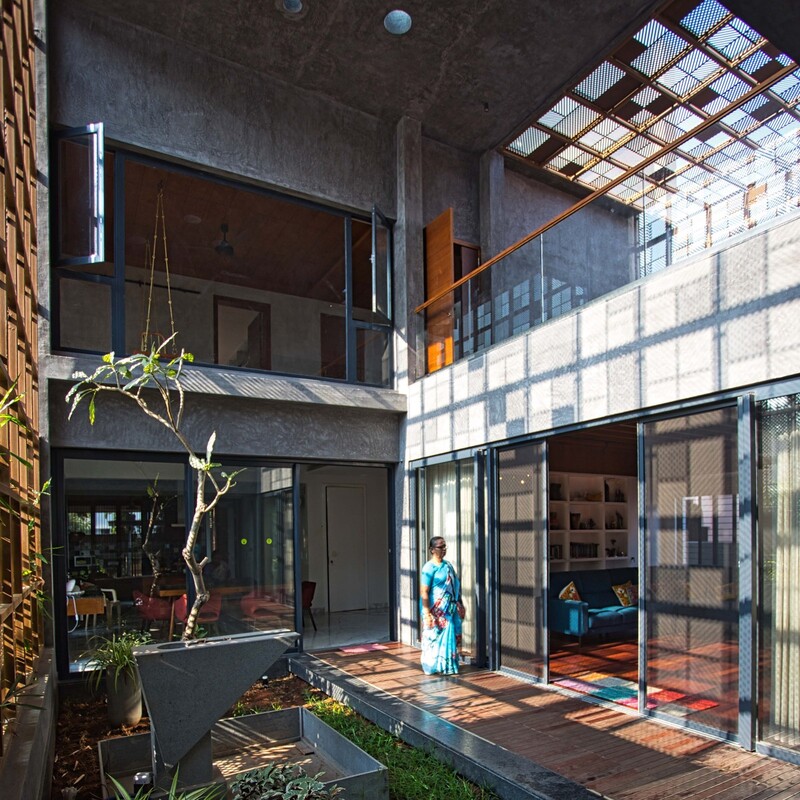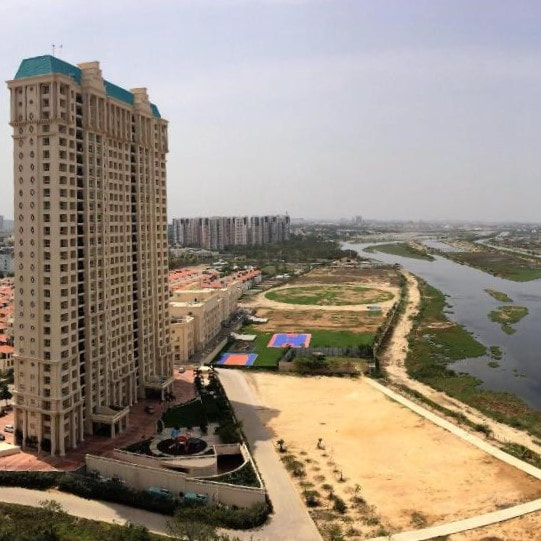Results & Discussion
The temperature difference from the beginning of each of the configured experiments (small courtyard, large courtyard, small windcatcher, large windcatcher) and the control settings (closed box, open box) was documented. The ambient temperature was consistent (31°C) due to the use of the heat lamp. The results of the experiment is graphed and compared between the different configuration to understand the heat reduction capacities of each of them.
After repetitive tests and consolidating the data, it is found that the setting with the large windcatcher had the best heat reduction whereas on the contrary, the small windcatcher had the worst heat reduction capacity. It is also noticed that, the heat is reduced in all configurations except the controlled setting (closed box), but the speed of heat reduction varies. The speed of heat absorption after a peak cooling point is also observed to be different between all the configurations.
Next steps
The test box although producing quantifiable results, could be further improved by precise dimensioning and joining techniques of parts to avoid any heat loss.
Further testing could be done incorporating wind conditions, and understanding the pattern and duration of heat loss and gain between the different settings to personalize them according to the context.
Also, exploring alternative material options for faster heat and/or wind movement that are readily available or cheaper to achieve thermal comfort would be an effective next step for the experiment to provide results that could be scaled up and applied in the real world.
Further testing could be done incorporating wind conditions, and understanding the pattern and duration of heat loss and gain between the different settings to personalize them according to the context.
Also, exploring alternative material options for faster heat and/or wind movement that are readily available or cheaper to achieve thermal comfort would be an effective next step for the experiment to provide results that could be scaled up and applied in the real world.
Future application
Today's architecture in South India has deviated from the traditional vernacular techniques to a so-called modern style due to various reasons - the major one being globalization. Also, the increase in population led to more high-rise buildings where the construction of courtyards and windcatchers are not simple and straightforward. Hence, it is important to devise new methods that incorporates the old to reduce the use of energy and create a better, cooler and long lasting environment.




